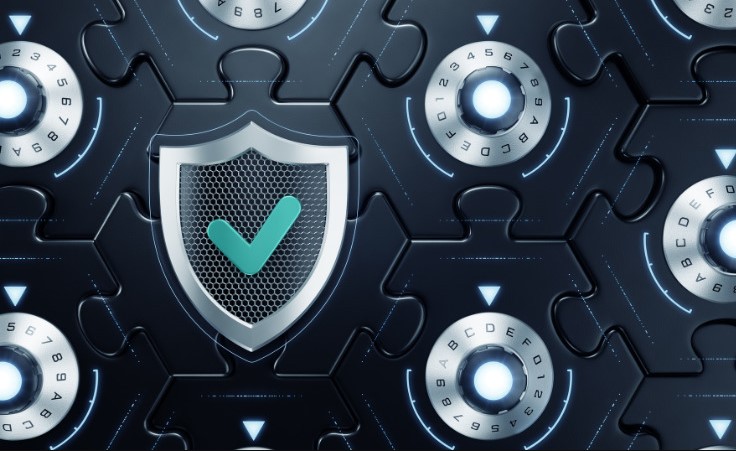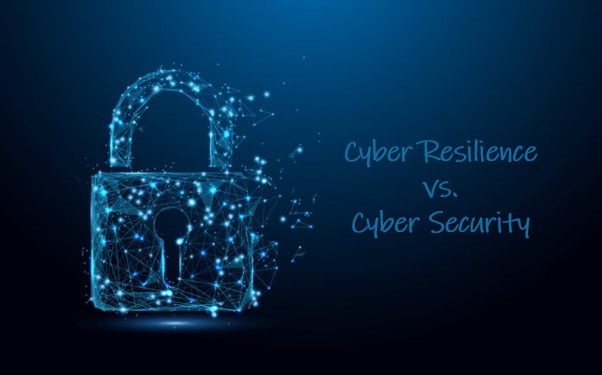Strengthening Cybersecurity: Managing Third-Party Users Effectively
October 3, 2023

In today’s interconnected business landscape, third-party users play an increasingly significant role in many organizations. These users include vendors, contractors, partners, and suppliers who require access to a company’s systems or data. While third-party collaboration brings numerous benefits, it also introduces new security challenges and potential vulnerabilities. Managing security around third-party users is crucial to safeguarding sensitive information and protecting your organization from cyber threats. In this blog, we will explore key strategies to better manage security around third-party users and enhance your overall cybersecurity posture.
Establish Robust Vendor Risk Management
The first step towards effective security management is developing a comprehensive vendor risk management program. This program should include due diligence processes, contractual agreements, and ongoing monitoring of third-party activities. Assess the security practices and controls of potential partners before granting them access to your systems or data. Regularly review and update vendor agreements to ensure they align with your organization’s security requirements and standards.
Implement Least Privilege Access
Adopting the principle of least privilege (PoLP) is crucial when granting access to third-party users. Provide them with the minimum level of access necessary to perform their tasks and limit their privileges to specific systems, data, or applications. Regularly review and update access privileges based on user roles, responsibilities, and changing requirements. Additionally, implement multi-factor authentication (MFA) to add an extra layer of security and ensure that only authorized individuals can access sensitive information.
Monitor and Audit Third-Party Activities
Effective monitoring and auditing of third-party activities are essential for identifying potential security incidents or anomalies. Implement a robust logging and monitoring system that tracks user activities, network traffic, and system events associated with third-party accounts. Regularly review logs, perform security audits, and analyze access patterns to detect any unauthorized or suspicious activities. Automated systems and artificial intelligence can help identify abnormal behavior and trigger alerts when necessary.
Train and Educate Third-Party Users
Educating third-party users about your organization’s security policies and practices is crucial for fostering a security-conscious culture. Conduct regular security awareness training sessions to familiarize them with best practices, such as strong password management, phishing awareness, and social engineering tactics. Ensure that third-party users understand their responsibilities regarding data protection, incident reporting, and compliance with your organization’s security policies.
Regular Security Assessments
Periodic security assessments of third-party systems and networks help identify vulnerabilities and ensure adherence to security standards. Conduct regular penetration testing, vulnerability assessments, and code reviews to evaluate the security posture of third-party systems. Establish clear guidelines for remediation of identified vulnerabilities and follow up to verify that the necessary actions have been taken. Maintaining an ongoing assessment process helps mitigate potential risks and reinforces the importance of security among third-party users.
Continuous Monitoring and Incident Response
Effective incident response procedures are critical to mitigating the impact of security incidents involving third-party users. Establish an incident response plan that outlines the steps to be taken in case of a security breach or unauthorized access. Include protocols for communication, containment, investigation, and recovery. Regularly test and update the plan to ensure its effectiveness. Additionally, implement continuous monitoring tools to detect and respond to security incidents promptly.
Managing security around third-party users is an ongoing process that requires a proactive and comprehensive approach. By implementing robust vendor risk management practices, embracing the principle of least privilege, monitoring and auditing third-party activities, providing adequate training, conducting regular security assessments, and establishing a solid incident response plan, organizations can significantly enhance their cybersecurity posture. By effectively managing third-party security, businesses can minimize potential risks, protect sensitive data, and build a more resilient ecosystem for collaboration and growth.
Have Any Question?
Call or email Cocha. We can help with your cybersecurity needs!
- (281) 607-0616
- info@cochatechnology.com







